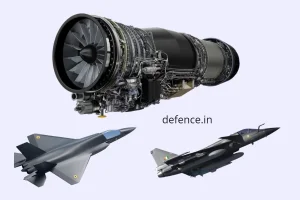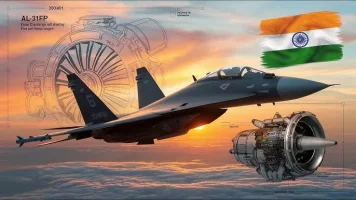- Views: 4K
- Replies: 44
India's decision to withdraw from the Fifth Generation Fighter Aircraft (FGFA) program with Russia was a significant turning point in its pursuit of advanced fighter capabilities.
While concerns about the aircraft's technical limitations, particularly its stealth capabilities, were widely reported, the program's exorbitant cost appears to have been the decisive factor in India's withdrawal.
Initially, the FGFA program, based on Russia's PAK-FA or Sukhoi T-50 platform, was envisioned as a collaborative venture with a 50:50 design and work-share agreement. This promised India a significant role in developing a cutting-edge stealth fighter.
However, as the program progressed, India's participation became increasingly limited, with Russia retaining control over most of the design and development work.
Reports indicated that India would have needed to invest an estimated $25 billion to see the FGFA project through to completion and induct 127 fighters into the Indian Air Force (IAF).
This staggering cost included expenses for development, production, and operational deployment. The high price tag raised serious concerns about the program's affordability, especially when weighed against other pressing needs in India's defence budget.
Furthermore, India would have had to compromise on its initial 50:50 design and work-share arrangement, effectively reducing its role to that of a buyer rather than a co-developer. This diminished role significantly undercut the strategic and technological benefits India had hoped to gain from the partnership.
While financial concerns were central, technical issues with the FGFA also influenced India's decision. The aircraft faced criticism for its:
- Pseudo-stealth capabilities: The PAK-FA platform lacked true stealth features comparable to other fifth-generation fighters like the F-35 or F-22.
- Underwhelming performance: Concerns arose regarding engine reliability, radar cross-section (RCS), and sensor fusion, raising doubts about the FGFA's overall combat effectiveness.
India's withdrawal from the FGFA program marked a shift in its approach to acquiring fifth-generation fighter capabilities. Instead of relying on foreign platforms, India has prioritized developing its own Advanced Medium Combat Aircraft (AMCA). This program aims to deliver a true fifth-generation fighter tailored to the IAF's specific needs and built with significant indigenous content.
By focusing on the AMCA, India aims to develop critical technologies domestically, reduce its reliance on foreign suppliers, and align its defence industry with the "Aatmanirbhar Bharat" (self-reliant India) vision. This strategic shift reflects India's growing ambition to become a major player in the global aerospace and defence market.


